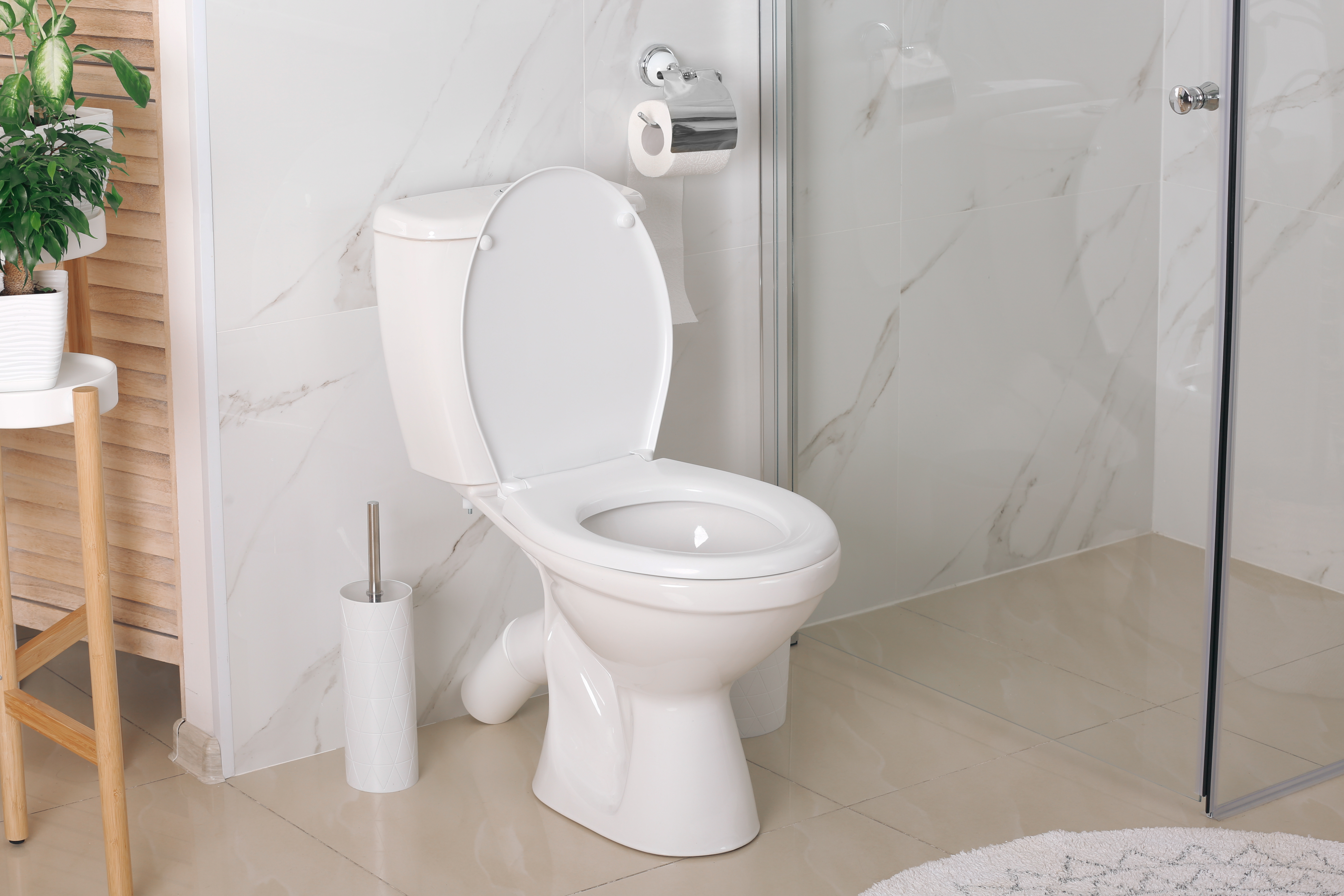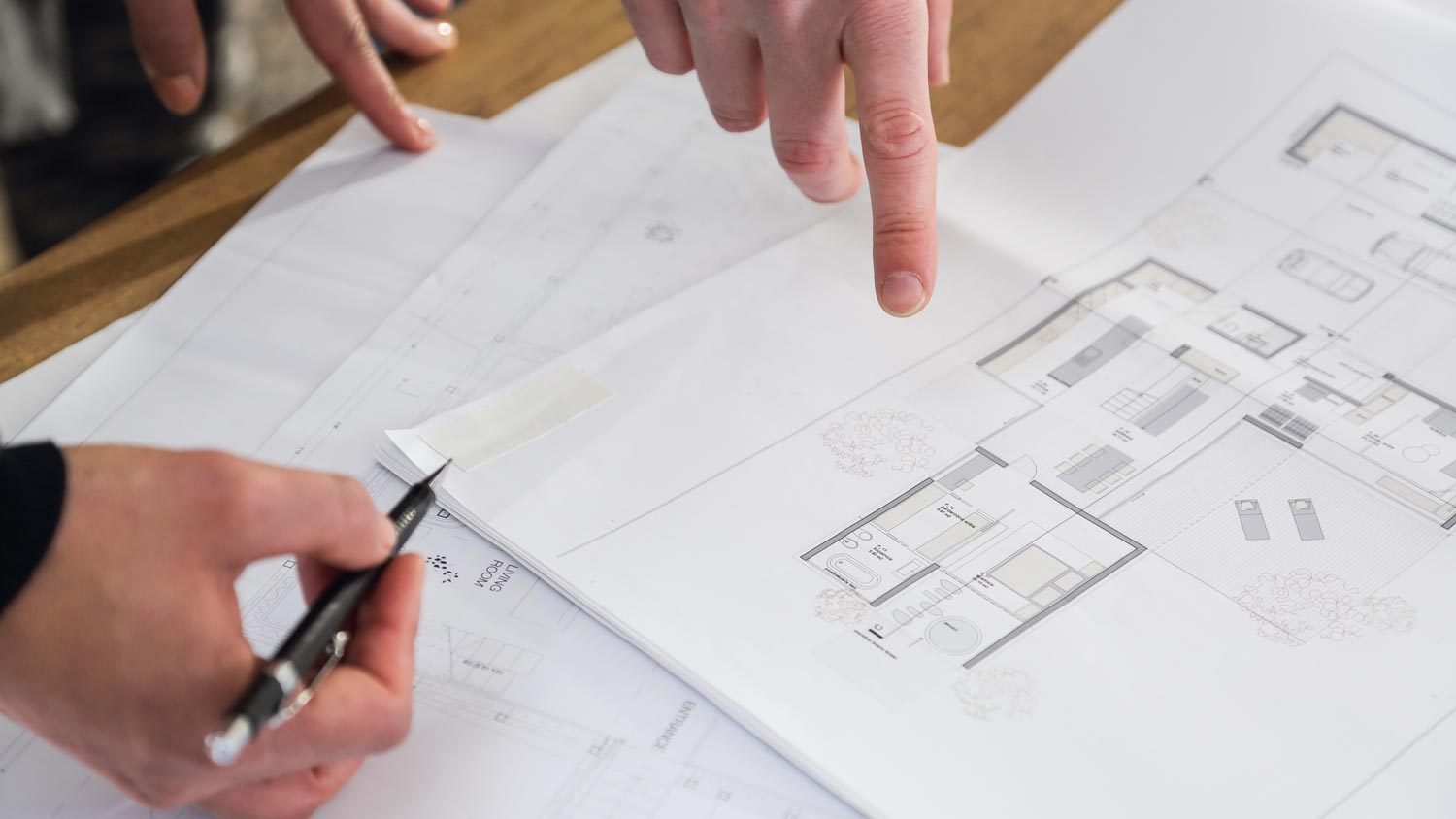
Need to know what sewer line replacement costs in Portland, OR? This guide will help you prepare to budget for sewer line replacement done by local contractors.
Know the ins and outs of your home’s wastewater system and rest easy


Homeowners digging near a sewer line risk damaging it, which can result in repair costs ranging from $1,400 to $5,300.
Experienced sewer pros understand the general direction most sewer lines run and can locate them far faster than homeowners.
Many pros can find the sewer line without digging up large sections of your yard, saving money on landscaping repair costs.
Finding your home’s sewer line might not be a topic that crosses your mind regularly. However, it's crucial knowledge in order to prevent damaging this important part of your septic system. The last thing you want is to deal with leaking sewage or a flooded yard. That’s why we’re going to help you learn how to find the sewer line from house to street using a few different methods.

Knowing the location of your sewer line can save you from potential headaches down the road. Here are a few reasons why it's essential.
One common reason for sewer line damage is the growth of tree roots. When trees or other landscaping features are planted over the sewer line, their roots can infiltrate the pipes, causing blockages, leaks, and other damage. Knowing where your sewer line is can help you prevent these issues.
If you're planning new construction, fresh landscaping, or any project that requires digging, knowing the sewer line's location is vital. If the line is buried only a few feet deep, even building a simple fence could nick the line, which could lead to nasty leaks and costly sewer line repairs.
Being aware of your sewer line's location allows you to spot septic issues early. Early detection of leaks and blockages lets you address those problems while they’re still minor and prevent major problems to save you money on big repairs in the future.
I had another company design my septic system replacement, but Paul re-designed it to avoid having to remove a 50+ ft tall tree and added a drainage system for the water from the gutters. The old no-longer-up-to-code 2-cesspool septic system was replaced by a drainfield and Ecoflow septic tank. The work was done on the days I was told workers would be here (unlike the company that drew up the first set of specs), and Paul and Jon were always friendly and great to work with.
Before we discuss how to find your sewer line, let’s talk about how to recognize the signs of a damaged or clogged sewer line. Keep an eye out for the following:
Slow draining sinks or toilets
Gurgling sounds from drains
Foul odors coming from drains
Sewage backups in your home
Patches of overly lush grass in your yard
Now that you understand why locating your sewer line is crucial and the signs of potential problems, let's explore various methods to find it.

If you have access to your home’s blueprints and other documents, this is the first place you should look when locating your home's sewer line. These documents often contain valuable information about the property's utility layout, including the sewer line's path.
Look for any records, plans, or blueprints provided by the builder or previous homeowners. These documents can provide precise details on the sewer line's route, depth, and connection points. If available, they can save you time and effort when it comes to locating and understanding the layout of your sewer system.
Locating the cleanout pipe is a practical and cost-effective method to find your home's sewer line from the house to the street. This white PVC pipe typically has a removable cap and serves as an access point to your sewer system. You can usually find it in your yard, often positioned vertically and protruding slightly from the ground a few feet away from the foundation.
You can also check your basement or crawl space if the cleanout pipe isn’t visible in the yard. Once found, simply remove the cap and you'll reveal the direction of your sewer line, providing valuable information about its path without the need for professional equipment or services.
Using a pipe locator is one of the most reliable methods to find your home's sewer line. This device is a specialized tool designed to detect underground pipes, including sewer lines. Here's how to use it.
Ensure the pipe locator is properly calibrated and set for sewer line detection.
Begin at a known point, such as the cleanout pipe or a marked utility location.
Walk the device slowly across your yard, following the suspected path of the sewer line.
The locator will emit signals or display readings when it detects the pipe's presence.
As you move, mark the ground or use flags to trace the path where the locator indicates the sewer line's position.
Double-check the detected path to confirm accuracy and record the sewer line's route.
Using a pipe locator offers precision and ease in identifying your sewer line's location, making it a valuable tool for homeowners and professionals alike.

Some municipalities maintain records and utility maps that include the locations of sewer lines, and some cities even have those maps available online. You can typically access this information through your city's website or by contacting the local utility department. By consulting these resources, you can get accurate and up-to-date information about the sewer line's path from your house to the street.
This method is especially useful for urban areas where utility infrastructure data is readily available to the public, allowing you to plan and avoid accidental damage during excavation or landscaping projects.
Probably the most convenient method, you can dial 811 in the United States. This national hotline connects you to your local utility company, allowing you to request that utility professionals come to your property and mark the location of various underground utilities, including your sewer lines.
While you may have to wait a couple of days, this free service ensures accuracy and safety when excavating or conducting construction projects near your sewer line. It's a proactive step to prevent accidental damage and helps you gain a clear understanding of where your sewer line runs from your house to the street.
It's essential to consider your comfort level, the time you have available, and the complexity of your situation. Hiring a local sewer service with the right equipment might be the best option for accuracy and peace of mind. This is an especially good choice if you already have a septic pro you work closely with for routine maintenance.
According to data from Angi customers, 30.4% of homeowners needed to repair their sewer main, whereas only 22.4% needed a full replacement. If you’re among the 32.5% who would rather have a pro recommendation before starting, call a local sewer expert ASAP.
Preventing sewer line damage is in every homeowner’s best interest—dealing with these issues is not fun. Here are some steps you can take to prevent sewer line damage.
Refrain from driving over your sewer line.
Avoid planting large trees near your sewer line.
Be cautious when digging in your yard and mark your sewer lines first.
Regularly maintain your sewer line with professional inspections.
From average costs to expert advice, get all the answers you need to get your job done.

Need to know what sewer line replacement costs in Portland, OR? This guide will help you prepare to budget for sewer line replacement done by local contractors.

Does your property have poor ground water or soil conditions? Learn about engineered septic system cost, types, and factors for you to consider.

Need to know what sewer line replacement costs in St. Louis, MO? This guide will help you prepare to budget for sewer line replacement done by local contractors.

Need to know what sewer line replacement costs in Dallas, TX? This guide will help you prepare to budget for sewer line replacement done by local contractors.

Need to know what sewer line replacement costs in Houston, TX? This guide will help you prepare to budget for sewer line replacement done by local contractors.

The time it takes to replace a septic tank depends on a few factors. Sometimes the fix is simple, but even if it’s not, here’s how long it takes to replace a septic tank.